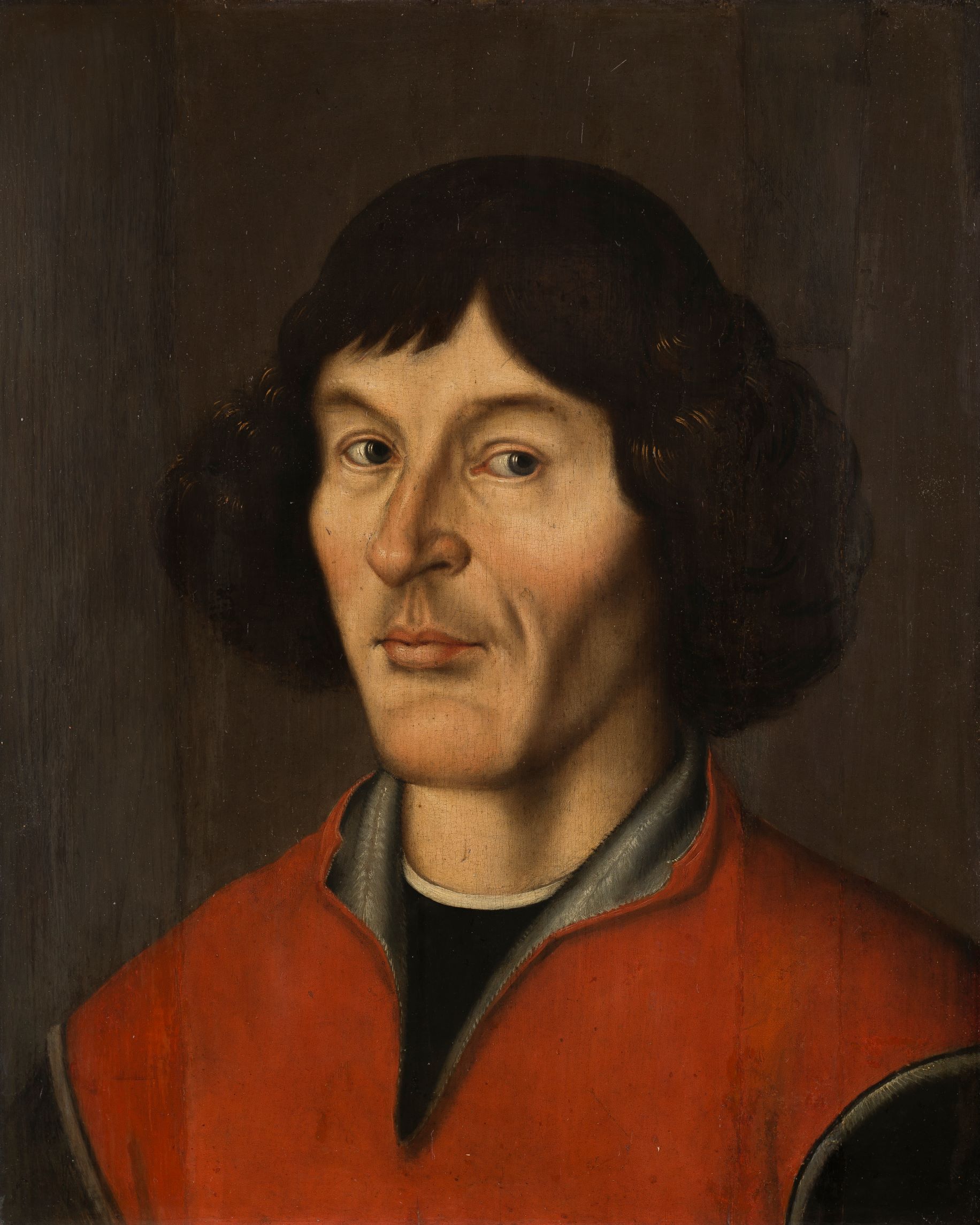
## The Mathematician Who Introduced the Infinite Universe to England: Thomas Digges (c. 1546–1595)
In this article, we further delve into the significant figures of Elizabethan mathematics, focusing on the skilled English mathematician and astronomer, Thomas Digges. If you missed our last installment, where we examined his father, Leonard Digges (c. 1515–c. 1559) — a trailblazer in applied mathematics — you can read it [here](https://thonyc.wordpress.com/2024/09/18/a-gentleman-of-kent/). While Leonard was essential in making mathematics available to artisans, his son, Thomas Digges, pursued a distinct route that emphasized theoretical mathematical exploration. Born circa 1546, Thomas distinguished himself as the foremost English advocate of Copernican heliocentrism and the first to suggest an infinite universe.
### A Humble Beginning
The early years of Thomas Digges were filled with adversity. His father, Leonard, was charged with high treason in 1554, leading to the family’s forfeiture of their inheritance. Although Leonard was eventually pardoned, the Crown kept the confiscated lands and possessions. By the time of Leonard’s passing in 1559, young Thomas and his siblings had already lost their rightful heritage. This misfortune, however, did not stop Thomas from being “restored in blood” through a parliamentary act in 1563.
Thomas’ academic path commenced under the guidance of England’s eminent Renaissance polymath, John Dee (1527–c. 1609), who assumed responsibility for Thomas’ mathematical training following Leonard’s demise. Dee, recognized for his proficiency in mathematics and astronomy, had a profound impact on young Thomas. Their mentor-student dynamic was publicly recognized in 1573 when both published their individual works on the 1572 supernova. In his publication, *Alae seu scalae mathematicae*, Thomas referred to Dee as his “esteemed second mathematical father,” while Dee honored Thomas by calling him “my most worthy mathematical heir.”
The intellectual partnership between the two signified a pivotal moment in Thomas Digges’ ascent as a mathematician, launching him into prominence within the Elizabethan scientific sphere.
### Theoretical Mathematics and *Pantometria*
Thomas Digges’ initial publication surfaced in 1571, when he republished his father’s work, *A Geometrical Practice Named Pantometria*. Yet, this was more than just a reissue — Thomas incorporated his own insights. The complete title of the book highlights the contrasting methodologies of father and son: Leonard concentrated on the practical uses of geometry for professions like carpentry and surveying, whereas Thomas introduced a theoretical mathematical discourse.
Thomas’ enhancements to *Pantometria* focused on the five Platonic solids, their characteristics, and their evolution into five semi-regular Archimedean solids — a subject of entirely geometrical significance. This dive into advanced Euclidean geometry aligned him more closely with the purely theoretical mathematicians of his time, contrasting with Leonard’s pragmatic viewpoint. Digges’ *Mathematical Discourse* was a comprehensive collection of theorems related to these solids, though he opted to exclude proofs for conciseness. His research aligned with the contemporary trend in European mathematics, which began exploring the geometry of three-dimensional forms and the mathematics that supports linear perspective.
### Exploring the Skies: *Alae seu scalae mathematicae* and Digges’ Astronomical Breakthrough
Thomas Digges’ talents as a mathematician and astronomer were fully revealed in his 1573 publication, *Alae seu scalae mathematicae*, which chronicled his observations of the 1572 supernova. The emergence of this “new star” contested the dominant Aristotelian notion that the heavens were unchangeable. Digges initiated his observations by comparing them to the behaviors of comets, rapidly concluding that the object exhibited no parallax — indicating that it was not a nearby occurrence such as a comet, but something much farther away, within the celestial realm.
This was a significant breakthrough. Digges utilized the parallax method developed by the German mathematician and astronomer Regiomontanus but discovered that its principles frequently led to inaccuracies in practice, particularly when applied to more distant celestial entities like the supernova. Digges cleverly adapted the method, inventing observational instruments like the *radius astronomicus*, a specialized device for measuring small angular distances, which enabled him to accurately locate the new star within the constellation Cassiopeia.
His assertion that the new star was indeed celestial — and not an atmospheric anomaly as others proposed — solidified the astronomical advancement that celestial objects could undergo change, directly contradicting Aristotelian cosmology. This observation ultimately connected him to Tycho